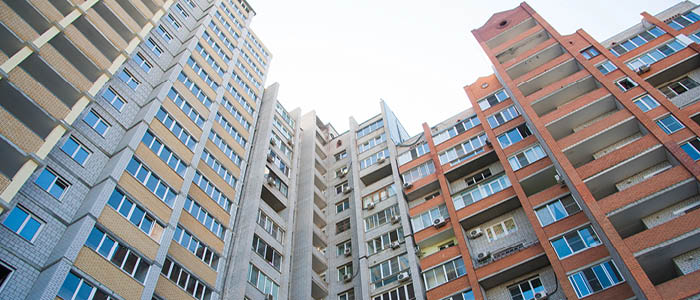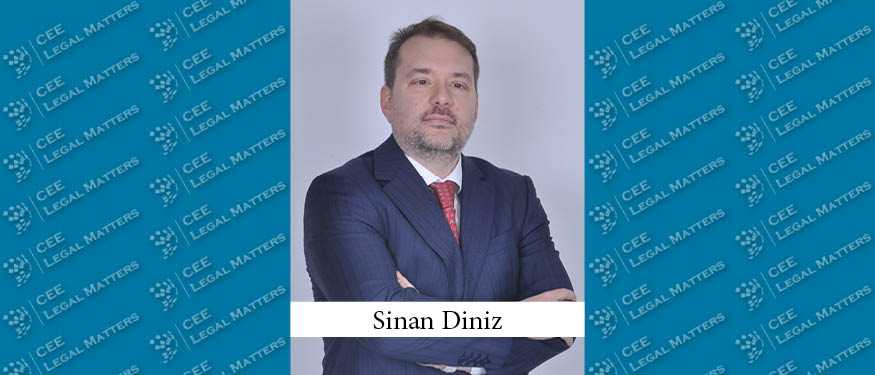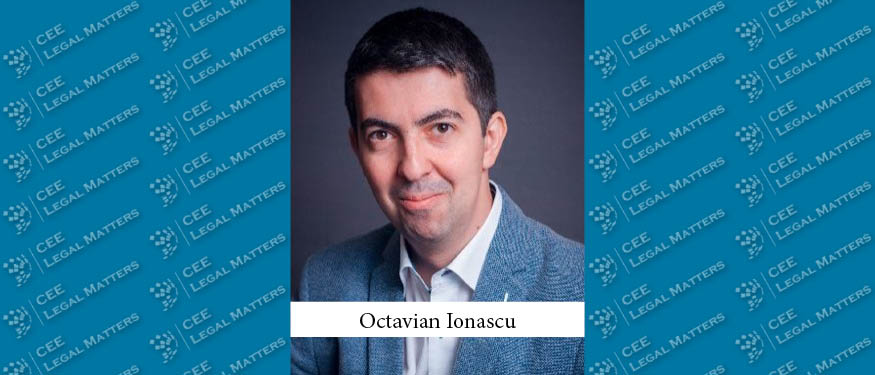With ESG having been a buzzword in the Czech real estate market for a few years now, Clifford Chance Partner Emil Holub, Kocian Solc Balastik Partner Jiri Hornik, VIDD Partner Ondrej Hampl, Taylor Wessing Counsel Radka Nenickova, and Act Legal Czech Republic Partner Tomas Slaby look at how ESG principles are being applied in practice and in what areas there is still room for improvement.
A Real (Estate) Hype: ESG
“Sustainability and ESG have had a direct impact on the real estate market for a long time, regardless of labeling,” Hornik points out. “Investors and developers incorporate ESG considerations into decision-making on investment strategies, development projects, and property management practices.”
Nenickova adds that “the times when ESG used to be just a buzzword in the Czech Republic are over. There are now many entities trying to implement such principles into their daily activities and long-term strategies.” According to Slaby, “the acronym ‘ESG’ and the word ‘sustainability’ today, unlike in previous years, resonate more and more across the entire real estate sectors.”
The increased demand for ESG compliance can be attributed to multiple contributing factors. “Some ESG concepts and ideas have been rather swiftly transformed into reality in the Czech Republic and have been picked up by businesses particularly due to the adverse implications of the war in Ukraine and the associated energy instability,” Hampl continues. “Everyone understands that the age of energy freeriding and unrestricted consumption is over, and businesses need to take into account certain factors which were considered irrelevant for years if they want to succeed – or in fact survive.”
In addition, “in the real estate sector, the impact is quite substantial as buildings are generally responsible for approximately 40% of greenhouse gases,” Nenickova notes. “It is well known that the majority of residential buildings in the Czech Republic are older than 50 years, lacking up-to-date energy efficiency, but the same issue is also relevant for commercial buildings that need to be adopted continuously in order to comply with the increasing energy efficiency demands of the current world.”
“There are more reasons,” Slaby continues. “Customers’ interest in cost-saving and sustainable projects, EU legislation, and bank loan conditions, which take into account ESG criteria and sustainable projects, can be mentioned in the first place. The above-mentioned reasons already play a significant role in the preparation of new projects.”
Leading the Way: Greener Developments
In practical terms, the implementation of ESG principles results in a substantial effect: “Although many ESG ideas remain a ‘ticking the boxes’ exercise for the time being, we experience the evident trend of the proliferation of ESG into daily operations e.g., through solar power-plant rooftop installations or the increasing demand for energy flexibility services,” Hampl says. “Developers see that no institutional investor nor bank will risk investing into assets that are not complying with the new environmental trends and measurable targets that are pushed at the EU level,” Holub continues. “All planning and projecting are ready to accept the challenge of ‘near zero emission’ new buildings.”
“The emphasis on energy efficiency, sustainability, and the lowest possible carbon dioxide footprint of new projects is obvious,” Slaby notes. “It originates not only from the legislative requirements for construction adopted at the EU level or from the legal regulations of the Czech Republic but also from the requirements of investors or customers who, among other things, are very aware of the rise in energy prices and emphasize their savings.”
Hornik draws attention to specific developers that are currently in the spotlight: “Office space developers, in particular, routinely obtain various environmental certificates for their buildings and this is slowly also being implemented for warehouse and industrial buildings too. Residential projects have mostly still to catch up, but this can be a good way to also attract buyers for whom sustainability is a core lifestyle value.”
Building Momentum: Green Financing
On the flip side, there are areas where ESG is just now gaining traction, including green financing. “Green financing is already a hot topic and it is expected that it will become much more relevant in the future,” Nenickova points out. “Currently, banks are mostly collecting information, as the implementation of ESG strategies is not compulsory yet, but it is not rare to obtain green financing (green bonds or better rates for green projects).”
According to Slaby, an increasing interest in green financing “corresponds to the increasing volume of green bonds subscribed by development companies or even bank loan products oriented towards sustainable projects, which are supported by banks, for example, with lower interest rates.”
That said, “the CEE region is not yet as far along in green financing as some of its other larger EU neighbors, nevertheless both investors and financial institutions are increasingly recognizing the financial benefits of environmentally conscious projects,” Hornik notes. “One such example is the Green Bond Framework introduced by the leading Czech bank Ceska Sporitelna to achieve environmental objectives as specified in the EU Taxonomy framework.”
However, Hampl expresses some doubts: “I am rather skeptical as to whether the concept of green financing can function well outside a state-subsidized environment,” he notes. “Although it is up to each financier to decide which business to finance, profit expectations remain key for private sponsors and green labeling seems to serve as a nice bonus at best. For this reason, private financiers may prefer green projects over non-green ones only as long as the former are equally profitable – and once this is the case, there is no need to distinguish between green and other financings.”
On the Path to Progress: Green Leases
There seems to be progress in green leases as well, in particular, in relation to commercial lease agreements. “We see an interest of clients to insert into their newly negotiated leases a number of provisions seeking environmentally friendly behavior from their contract counterparties – be it a tenant or a landlord,” Holub says. “This in particular relates to logistics and partially to office segments. Such provisions are necessary to claim that the leased asset is environmentally friendly (on top of its technical features) which is accordingly relevant to seek green financing.”
“Clauses which may be considered a part of what is called ‘green leases’ were first spotted in the market several years ago,” Nenickova continues. “Initially, those clauses were searching for ways to align the interests of the tenant and the landlord around energy performance and efficiency of buildings, water conservation and re-use, and other environmentally friendly measures in the construction, operation, and use of commercial premises.” She adds that “the current period of energy crisis has also increased the interests of tenants in focusing on economically sustainable energy consumption and smart operation of buildings as they bring huge costs savings if adopted properly by the property management.”
However, Hampl notes that “the idea of green leases is dependent on the outfit of the property in demand. The less green the buildings are, the less willing landlords are to accept green commitments. If buildings are not suited well for the purpose, tenants tend to give up and give preference to other priorities, such as location or accessibility.” Notwithstanding the above, Hampl says that the “pressure towards a greener product exists among (prospective) tenants – and the building owners and developers are well aware of it. As a matter of must, refurbishments of projects which are unable to serve tenants’ green needs today will have to reflect reasonable ESG requirements to become future-proof.”
This article was originally published in Issue 10.7 of the CEE Legal Matters Magazine. If you would like to receive a hard copy of the magazine, you can subscribe here.






















